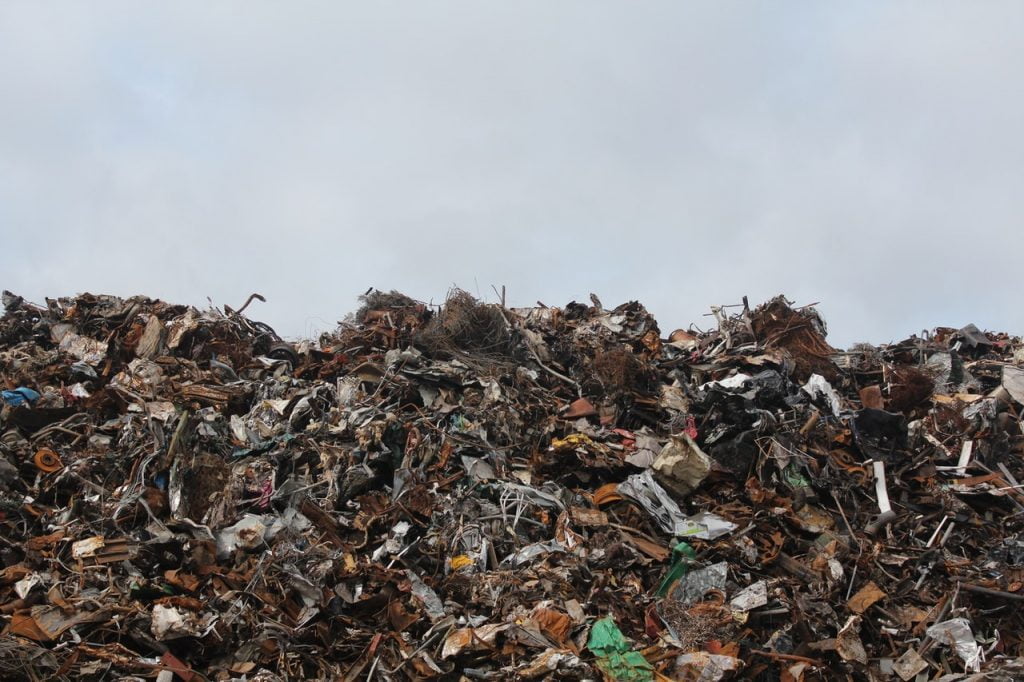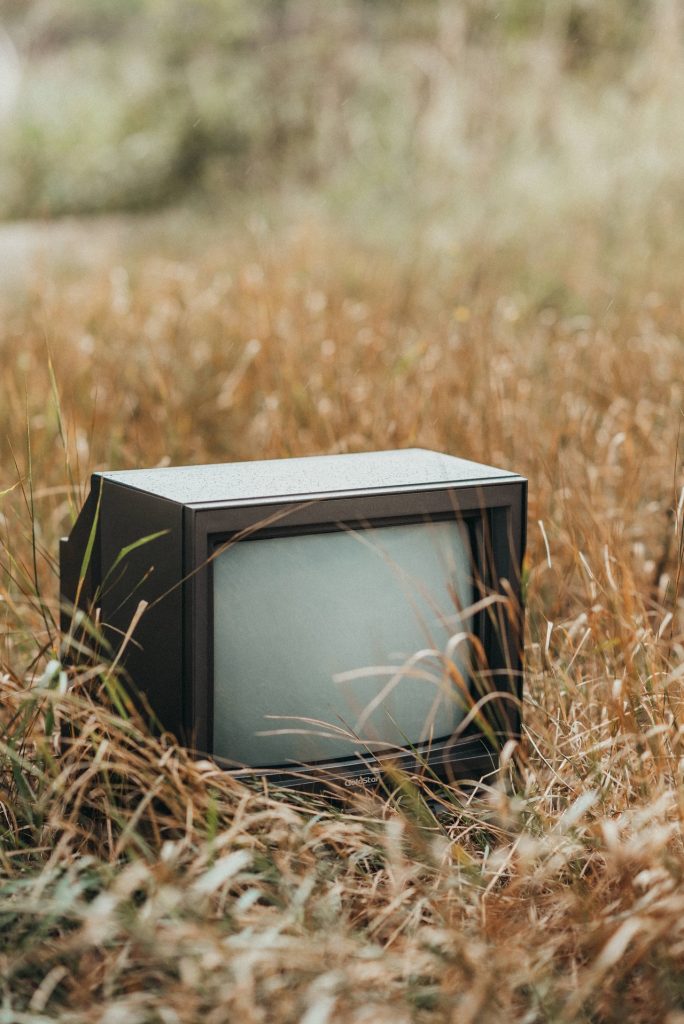The E-Waste Problem: Its Environmental and Health Effects, and Solutions Moving Forward.
Part of a series on Electronic Waste. Visit the main article on E-Waste for futher reading.
Younger generations today have never known a life without technology. Even the Millennial generation, who are now in their late 20s to early 40s, have lived most of their lives having access to high-tech devices. As children of the digital era, technology is critically woven into their lives—it is a primary part of how they function and interact with the world around them.
Unfortunately, as powerful and beneficial as technology is, it can also be quite toxic and bad for the environment if not disposed of properly. This article will further discuss the negative effects of e-waste and how younger generations can be more proactive about minimizing those effects.

How E-Waste Impacts the Environment and Humans
E-waste, or electronic waste, represents only 2% of trash in American landfills but accounts for around 70% of overall toxic waste. This is because though many electronics and devices get recycled, the ones that don’t are more toxic and harmful to the environment than other kinds of waste.
Our phones, computers, tablets, e-readers, and more all contribute to e-waste when we throw them out without recycling them. Years ago, as digital devices such as these began to hit the market, people held on to them longer before upgrading to something new, which meant there was less e-waste being produced. But now, as brands rapidly develop newer, upgraded versions, consumers are tossing out their old devices at an alarming rate, which has contributed to today’s e-waste problem.
Even if some devices are getting recycled, the ones that are still ending up in landfills produce high amounts of toxic waste. Digital devices contain toxic chemicals such as mercury, lithium, lead that leak into the ground and the atmosphere when they are not properly disposed of. And this toxic e-waste is not only a hazard to the environment but human health as well.
Some of the harmful effects e-waste can have on human health include:
- Reproductive issues
- Weakened immune systems
- Nervous system damage
- Developmental issues in children
- Kidney damage
- Asthmatic bronchitis
- DNA damage
Why Proper Recycling of E-Waste is Important
When digital devices are recycled, they are typically broken down so the materials and parts can be reused for other purposes. This is essential because it keeps the toxic materials out of landfills and keeps us from having to continually re-mine for these resources and materials. Instead, mercury, lead, screens, keyboards, etc., from old devices can all be reused to create new products.
However, proper recycling of e-waste is not only important to reduce carbon emissions and other toxic pollutants, but it’s also necessary to protect our private data. When digital devices are stripped down for parts and materials, the memory stores should also get wiped. If certain parts are not data-wiped before recycling, it is possible for old information stored on that device to be compromised, putting the previous owner at risk.
So it’s important when disposing of your electronics to send them off to companies that have higher destruction standards. You want to check that they will fully strip down the device and reuse as many parts and materials as possible, in addition to thoroughly wiping all data. Just because something gets broken down does not mean it automatically erases all of its memory.

Younger Generations Have the Power to Reduce E-Waste
Everyone has a responsibility to properly dispose of hazardous waste, but those who grew up in the digital era are already more inclined to do so and are more likely to solve the e-waste problem. Millennials and younger generations tend to have a more mindful and philanthropic attitude regarding things like climate change. As such, their proclivity for environmental activism combined with their knowledge of technology makes them the ideal individuals to proactively minimize the harmful effects of e-waste.
As technology and sustainability are already a significant part of the lives of today’s youth, it wouldn’t take much for them to naturally start being more mindful of how they dispose of their digital devices. Older generations can do their part by setting a good example, and those with young kids and teenagers of their own can take steps to teach their children how to be more mindful about their use and disposal of electronics.
Some examples of how you can minimize e-waste and set an example for younger generations include:
- Re-evaluate your buying habits: One reason e-waste has become such a massive issue is that our society is obsessed with always having the newest and latest gadget. However, if we are more thoughtful and selective with our purchases and put more consideration into whether or not we need yet another device, it can help cut back on e-waste. This can also help teach kids healthier spending habits as well and that it’s not always necessary to upgrade to something new simply because it’s available.
- Take better care of your electronics: Understandably, you may need to upgrade if your old device is on its last legs. However, many of us are quite hard on our devices and do not take care of them as well as we should. Keeping them protected, clean, and being more mindful of battery use can help extend their life. This can also teach kids how to take better care of their toys and electronics.
- Buy “green” when possible: When you do need to buy something new, try to look for products that are Energy Star or EPEAT certified. Not all electronics are available with these certifications, but some are, and choosing them over others can help reduce the harmful effects these devices have on the environment.
- Donate used electronics: If you really want to upgrade and buy a newer device, consider donating your old one to social and charity programs. If your old device still works, there is no reason to toss it out. There are many people in need of phones and laptops that do not have the money to buy new ones themselves. Donating your devices can help reduce e-waste and help to support those in need. This is also a great way to teach children how to be giving and kind to others as well as the environment.
- Properly recycle old devices: When it does come time to get rid of your devices, make sure you send them where they will be properly broken down and recycled for parts and materials. Many companies claim to recycle old electronics, but not all of them have high standards. Do a bit of research and make sure that the place you choose will reuse as many parts as they can in addition to wiping the memory.
Final Thoughts
There are many ways you can inspire future generations to be more sustainable. As adults, we should also be more mindful of our practices surrounding the use of electronics, but it’s important to teach our children how to reduce their e-waste as well. Our future society will only continue to become more digital and automated, so it’s necessary to start developing better habits now to mitigate the harmful effects of e-waste in the future.
About the Author
Amanda Winstead is a writer focusing on many topics including technology and digital marketing. Along with writing she enjoys traveling, reading, working out, and going to concerts. If you want to follow her writing journey, or even just say hi you can find her on Twitter.